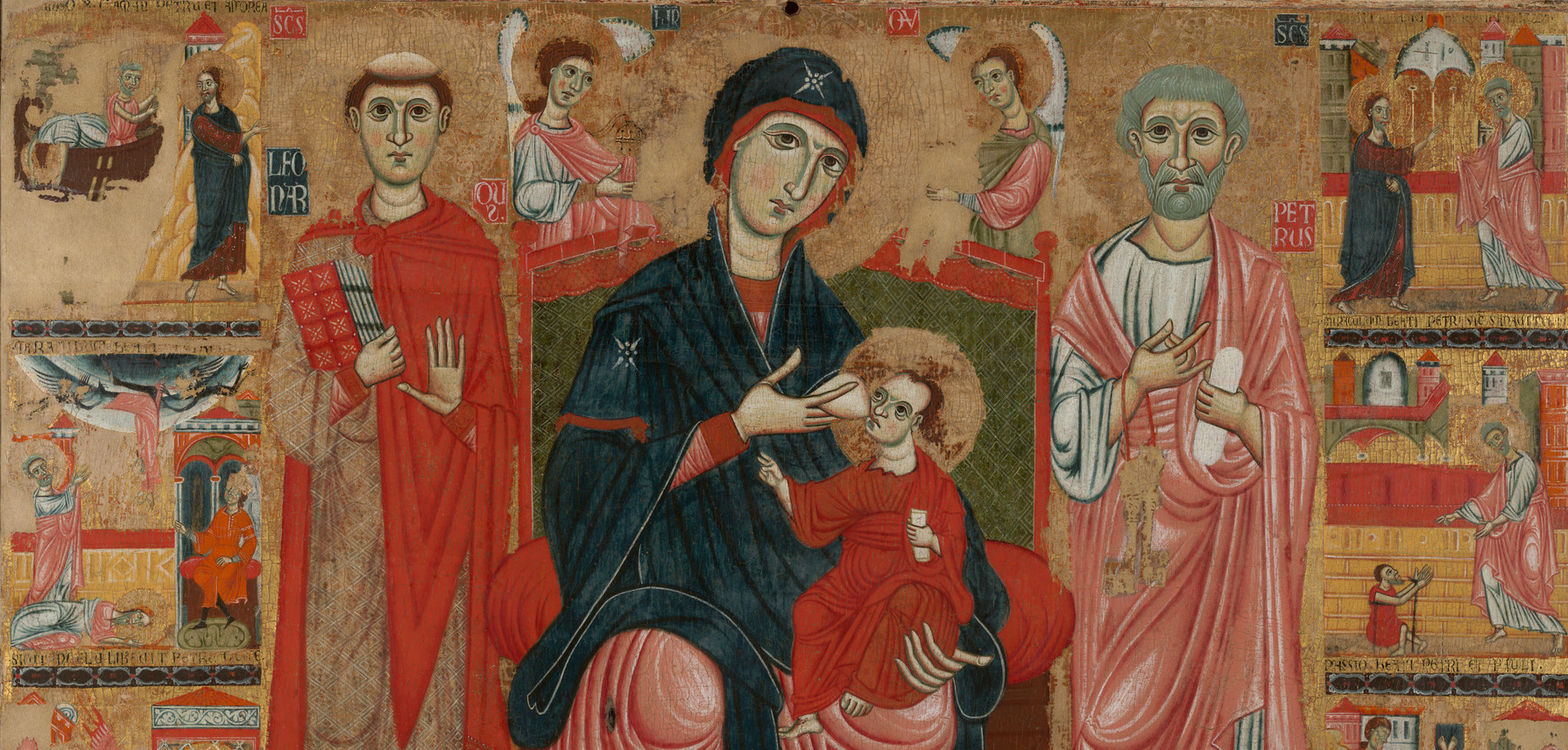The collection of Italian paintings at the Yale University Art Gallery constitutes one of the largest and richest holdings of such objects in the world. At its core are the works assembled in Florence by James Jackson Jarves between 1850 and 1859—a time when few public institutions in Europe aside from the National Gallery, London, were competing for such material and when even fewer public art museums in America existed. Jarves brought his paintings to New York as a speculative venture in 1860, on the eve of the Civil War: unfortunate timing for the owner, who in 1868 placed the collection on view at Yale as collateral for a loan, where it has remained ever since.
In the 1930s and 1940s, Yale’s collection of Italian paintings was considerably augmented by gifts from, and ultimately the bequest of, Maitland Fuller Griggs of New York, an 1896 graduate of Yale College. Griggs showed a preference for paintings from Florence and Siena—the two schools most amply represented in Jarves’s holdings—and since his contributions to the collection were, numerically, even greater than Jarves’s, these two important artistic centers still account for the deepest strengths and broadest range among the Italian paintings at Yale. Further significant gifts received in 1959 from Hannah D. and Louis M. Rabinowitz and, over the last decade, from Richard L. Feigen, B.A. 1952, along with strategic purchases and a small number of gifts from alumni and from friends of the Gallery, have expanded the chronological and geographic sweep of the collection, which now embraces nearly the entire Italian peninsula from the thirteenth through the eighteenth century.
Italian Paintings at the Yale University Art Gallery is the first comprehensive presentation of Yale’s full collection of this material. Each catalogue entry is accompanied by high-resolution, zoomable images and includes technical notes, provenance, and published references, as well as a detailed discussion of conservation history (where relevant), attribution, dating, meaning, function, and significance. Entries are divided chronologically among three volumes and, taking advantage of the digital format, are being released in batches beginning in spring 2023. Volume 1 covers the period from approximately 1230 through 1420; volume 2 catalogues works produced between about 1420 and 1500; and volume 3 features objects dating from about 1500 through 1800.
